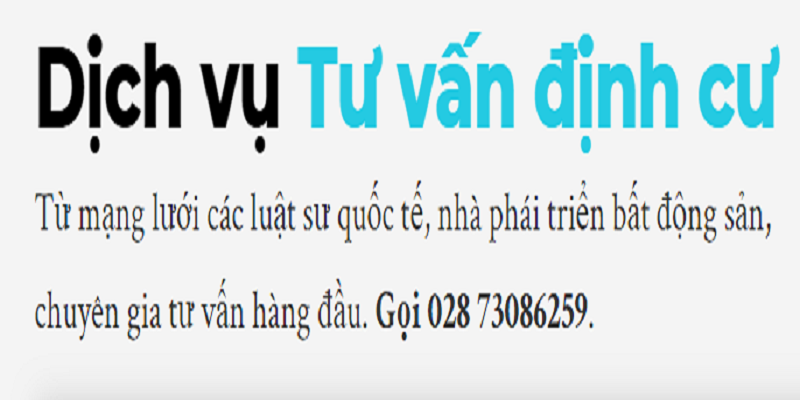Cosmetics are areas of highly regulated in Vietnam as they apply on human and could create health concern. Hence, cosmetics imported into Vietnam have to be applied special procedures to ensure safety. Cosmetics regulations in Vietnam would lay out provisions that importers and manufacturers to follow.
To carry out the Combination Convention in the cosmetic management which has been signed by countries are member of the Association of Southeast Asian Nations on September 2nd, 2003 (commonly called ASEAN Cosmetic Convention), the Ministry of Health of Vietnam issued Circular 06/2011/TT-BYT on Cosmetic Management.
The Circular dated January 25th, 2011 regulating the management of cosmetic products manufactured in the country, as well as cosmetics imported for circular in Vietnam. Besides, the cosmetic regulations is also provided in related provisions.
According to the Vietnam cosmetic regulations, cosmetic product must be construed as a substance or a preparation which is used for touch with outside parts of human body (skin, hair system, finger nails, toenails, lip, and outside reproduction organ) or teeth and mouth mucous membrane with main purpose in order to cleanse, aromatize, change the outward characteristics, form, adjust body’s smell, safeguard body, or maintain the human body in good condition. In addition to the products being grouped as cosmetic products such as: creams, emulsion, lotions, gels and oils for skin (group 1); tinted bases (group 2); toilet soaps, deodorant soaps (group 3); … some products are not classified as cosmetic.
Under Vietnam law, a cosmetic product made in Vietnam or imported into Vietnam must go through procedure of proclamation before being is sold on the market. In particular, organizations or individuals circulating the cosmetic products on the market have to be responsible for obtaining permissions through cosmetic product proclamation from authority agencies as well as responsible for safety, effectiveness, and quality of product.
For exporting cosmetic, the exporter needs to obtain the Certificate of Free Sale (CFS) as regulated. CFS is issued when such domestic cosmetic is issued the cosmetic product proclamation receipt number by competent state management agency. For importing cosmetic, enterprises are only allowed to import the cosmetic into Vietnam when presenting to the Customs agency the valid receipt number of cosmetic product proclamation report which has been issued by the Medicine Management Department – the Health Ministry. However, Vietnam law also provide import of cosmetic in some special situations which are not obligated to implement the cosmetic product proclamation as the following:
– Organization or individual who imports cosmetic in order to study and experiment;
– The organizations, individuals who receive cosmetic as gifts;
– The organizations, individuals who import cosmetic for displaying at fair, gallery and other temporary import for re-export situations.
For manufacturing cosmetic, the cosmetic regulations require the organizations which manufacture the cosmetic must deploy to apply and satisfy principles, the “cosmetic good manufacturing practice” standard of the Asian Southeast Association Nations (CGMP-ASEAN).
Besides, compliance with the other requirements such as labeling, safety of ingredients, cosmetic advertising is also required.
How ANT Lawyers Could Help Your Business?
To Product Registration in Vietnam, Please contact our lawyers for advice via email ant@antlawyers.vn or call our office at (+84) 24 32 23 27 71
















